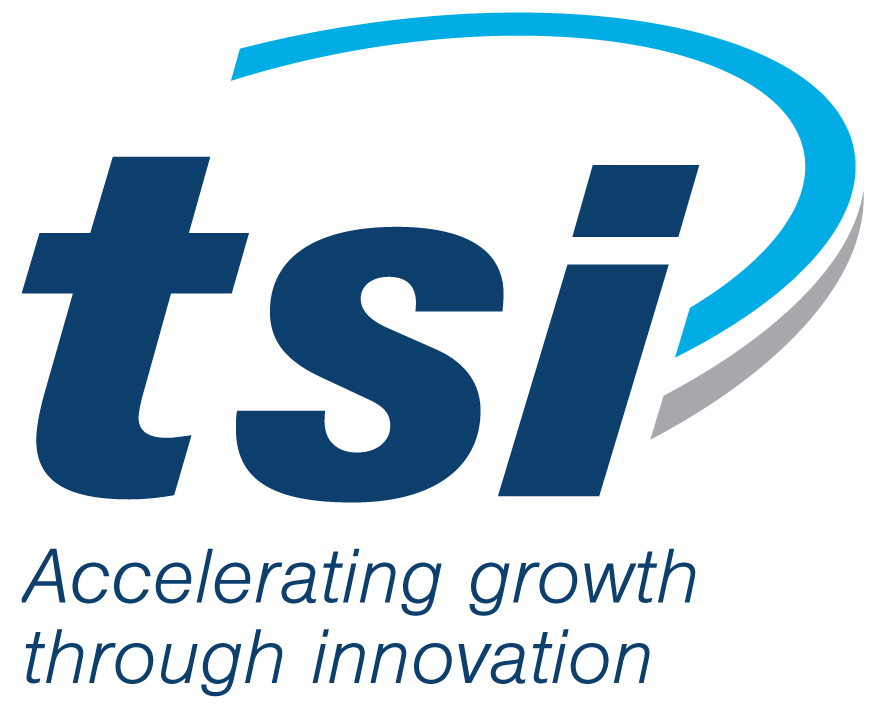23 Aug 2012 CRA Technical Reviews – How to be prepared
News & Events
Events
With the addition of more staff, the Canada Revenue Agency (CRA) Scientific Research & Experimental Development (SR&ED) division has more resources to focus on compliance. The result for business is a greater opportunity to be selected for a technical or financial review (or both). In this article we focus on some of the key areas of preparation for a technical review. It is clear from our experience that proper audit preparation remains a challenge for many companies and is a major contributor to claims being reduced or rejected altogether by the CRA.
The first area that is typically explored by the Research Technology Advisor (RTA) for each project is the advancement. Most companies struggle to properly discern between a commercial advancement and a technological advancement (which is what the CRA is looking for). During a technical review, the RTA will want to specifically understand the underlying technological advancements (one or more) in each project that has been submitted. The key aspect here is that qualified technical resources (typically an engineer or scientist) must be able to defend the technological advancements based on their knowledge, experience and what is available in the public domain. One simple test for a technological advancement is the presence of technological obstacles (part of the T661 project report). Technological obstacles must relate directly to the advancement and support the notion that if the advancement was achieved, technological barriers would have had to be overcome.
The second area that companies are advised to be prepared for in a review is demonstrating the work done. There is often much confusion by applicants over what work qualifies. Simply explained, the work that qualifies is work that directly supports the resolution of technological uncertainty, which ultimately is an attempt at overcoming the technological obstacles directly related to the advancement. It is critical here that the RTA can see the linkages between: Advancement – Obstacle(s) – Work Done (Experimentation). A major weakness that we have seen in the technical report section of the T661 is a lack of connectivity between the three key sections. It should be noted that the CRA clearly defines supporting work (see T661 guide), however, most people fail to understand that it must be in support of resolving the technological uncertainties related to a particular advancement.
Finally, and most importantly, if the first two areas of concern above are satisfied, the RTA will be looking for evidence. Once again, the T661 guide published by the CRA is an excellent reference. It should be noted that different types of documents are required to provide contemporaneous (date stamped in fiscal year of project) evidence for a SR&ED project. This is not well understood and once again becomes a topic of debate during technical reviews. A company requires evidence that 1) An advancement was being pursued prior to experimentation (otherwise it is more likely to be viewed as (ineligible) trial and error); 2) Technological obstacles were being encountered (often demonstrated by technological failures) and 3) Systematic Investigation is occurring (hypothesis, experimentation, analysis & conclusions). Of course records of resources performing SR&ED eligible activities is critical as an input to the financial aspects of the claim. These activities should be tracked either through the use of a paper based or on-line system and record the resources (people), activities, and time all by project.
Please contact us if you have any questions about SR&ED compliance and/or documentation systems to ensure your claim meets all of the necessary criteria to be accepted by the CRA
[email protected]



No Comments